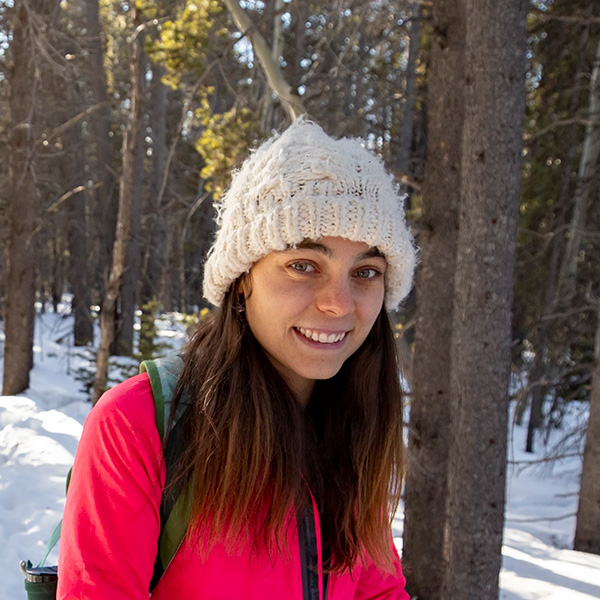
Jessica Sutter
(she/her/hers)
-
Hall of Science 372
Areas of Expertise/Interest: Observational Extragalactic Astronomy, Nearby Galaxies, the Interstellar Medium (ISM), Infrared Astronomy
My research focuses on using infrared observations of nearby galaxies to study the gas and dust between stars, commonly referred to as the Interstellar Medium (ISM). The ISM hosts the material that stars form from, regulates energy flow inside galaxies, and influences what light escapes the galaxy. Studies of the ISM are therefore essential for building our knowledge of how galaxies grow and evolve. Using infrared astronomy, we can peer deep into the ISM and trace methods of heating and cooling inside each galaxy. I work with the Physics at High Angular resolution in Nearby GalaxieS (PHANGS) group to better understand how matter cycles through molecular clouds, star-forming regions, and diffuse gas to build the incredible structures we call galaxies, and shape galaxy evolution
PhD in Physics, Astronomy Concentration
University of Wyoming
May 2021
Masters in Physics, Astronomy Concentration
University of Wyoming
September 2018
BA in Astrophysics
Whitman College
May 2015
A Molecular Gas Ring Hidden in the Sombrero Galaxy, Sutter, J. & Fadda, D., 2022, The Astrophysical Journal 941, 47. doi:10.3847/1538-4357/ac9d8f
[C II] Map of the Molecular Ring and Arms of the Spiral Galaxy NGC 7331, Sutter, J. & Fadda, D., 2022, The Astrophysical Journal, 926, 82. doi:10.3847/1538-4357/ac4252
Expanding minds through explorations of our expanding universe, Sutter J. The Physics Teacher, 58, 520. doi:10.1119/10.0002079
The case for thermalization as a contributor to the [C II] deficit, Sutter, J., Dale, D.A., Sandstrom, K., et al. 2021, Monthly Notices of the Royal Astronomical Society, 503, 911. doi:10.1093/mnras/stab490
Using [C II] 158 μm Emission from Isolated ISM Phases as a Star Formation Rate Indicator, Sutter, J., Dale, D.A., Croxall, K.V., et al. 2019, The Astrophysical Journal, 886, 60. doi:10.3847/1538-4357/ab4da5